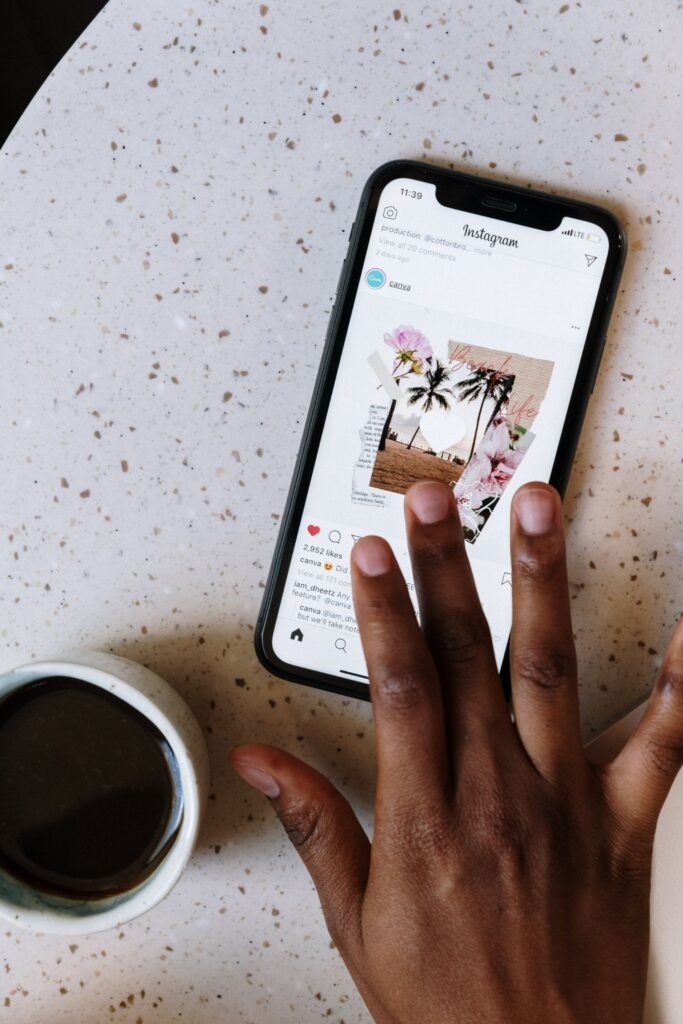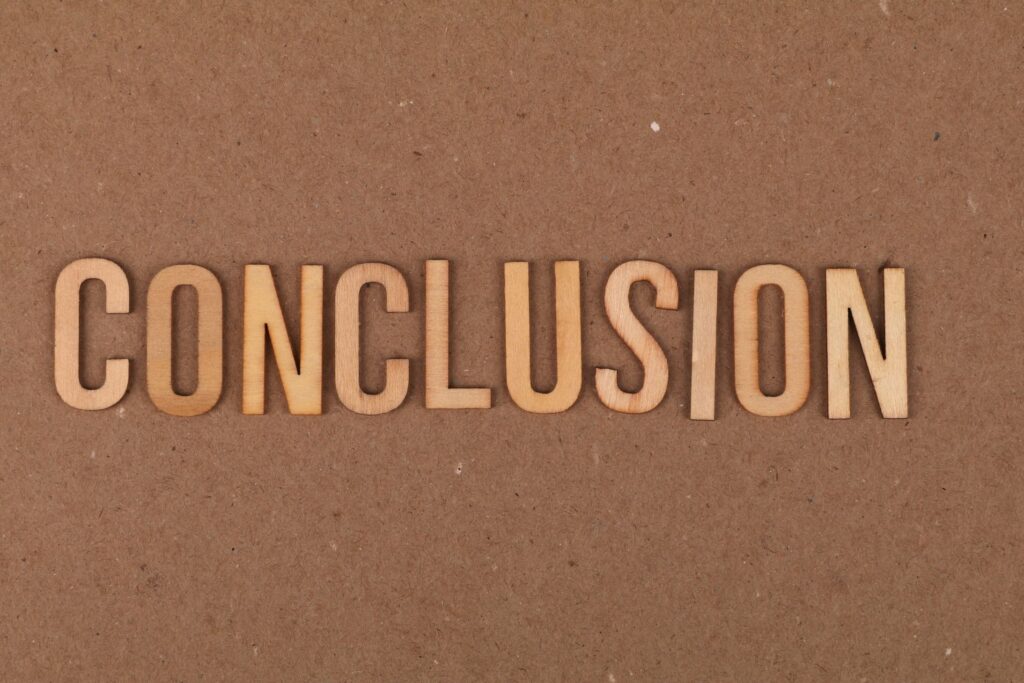We’re not meant to judge a book by its cover, but let’s face it, everyone does it and that’s not going to change anytime soon.
Marketing a book requires lots of work and dedication, but the ultimate marketing tool for getting people to purchase your book is its cover.
That’s why finding book cover ideas is so important. The cover design can immediately attract readers. You may have a great book summary and/or endorsement, but the fact is, if your book cover looks bad or even not great, odds are 90 percent of people who pick it up won’t give it a chance.
And do you want to know the bummer of it all? If you’re publishing through traditional outlets, you likely won’t have a say in your cover according to your contract.
So that’s another joy of self-publishing! Or heartache if coming up with a book cover seems daunting.
But we’re here to help you understand the basics so you know (1) where to get ideas, (2) what basic elements a cover needs, and (3) and where to look for an artist.
Where to Get Book Cover Ideas
Let’s check out three ways to find awesome book cover ideas.
The Shopping Method

The best way to find ideas for your book cover design is to look at your favorite book covers and see what works for them. If you find that you like a cover with the main character depicted, you may consider doing something like that. If your favorite covers feature abstract shapes that evoke feelings, you might take inspiration from that.
Regardless what you find and enjoy, looking at successful book covers will help you with every single part of this process, from the creative side to understanding the necessary elements to explaining to an artist what you’d like.
Another important thing to look at is genre. As much as we (readers and writers) love to complain about pigeonholing stories into genres, the market requires and thrives on the use of genres.
For example, if you look at the most recent wave of YA fantasy, you’ll notice some very common themes in the way their books look. The same is true of thrillers, mysteries, high fantasy, urban fantasy, and any genre you can think of.
You can, however, find drastic deviations from the norm by browsing self-published books. These small time authors tend to focus more on what they like rather than what sells the best.
Whether it’s because of an interest in art, a lack of understanding the market trends, or something else entirely, browsing self-published books on Amazon can give you some ideas for boundaries.
You may also notice that the self-published books that stick closest with market trends sell the best.
Beyond just looking at covers, you may want to begin a collection of book covers.
You don’t need to buy all the books that intrigue you, but you can create a new Google doc and put any cover design you like in there.
Then, you can catalog them by different templates that appeal to you.
The Creativity Geyser

If you’ve spent any amount of time writing a novel, odds are you’ve conjured plenty of images in your mind of what the characters, setting, and objects look like. This process is one of the best ways to get ideas for your book cover.
But it also works best when you understand market trends (which you can do with The Shopping method).
This method involves letting your imagination sink deep into your book’s world and let it flow through the people, places, and things that make up your story.
When you’ve spent enough time in the world, you can take to Pinterest or some other image service and find the best lookalikes you can.
Then you make another catalog with lists like “Places” or “People” then you’ll have some helpful material to show the artist.
Maybe you want a bloody sword in front of a mountain, or a castle in the distance with something magical in the field. Whatever it may be, you can craft a Frankenstein’s monster out of the images you pick.
If instead of depicting concrete images for your cover you want to present the abstract, then think of the feelings you had while exploring this fictional world in your imagination.
Was there a subtle air of sorrow?
Were you effervescent with excitement?
Did you experience twinges of fear?
If you didn’t feel much at all, try doing the experiment again, but combine it with your story’s arc. How does the world feel? Does the story feel the same? Do you want to explore the contrast of the two or just one side?
When you’ve got a handle on the emotional weight of your story and/or its world, then you can begin further research.
If you want your cover to reflect the fear that you experienced, you can search Google images for something like “Abstract fear art”. Take note of the color palette, shapes, and ways that fear is presented.
You can also search “Colors connected to fear” or shapes, images, and whatever else.
You can try different combinations of shapes and colors, and when you feel like you’ve landed on something that fits your novel, you’re ready to talk to an artist.
AI Text-to-Art Generation

I recently had the pleasure (and uncanny fear) to use the Midjourney AI text-to-image bot.
I had lots of fun making “Cthulhu for President” posters and “Wes Anderson Horror Film” mock ups, but what absolutely blew me away was the creative capability the bot had.
I wrote out intricate descriptions of scenes from my book, and in just a moment the machine spat out a delectable portrayal of my book that surpassed my own imagination.
I tried various scenes, images, and more from my book ideas and was blown away with its capacity to materialize thoughts from my head.
And then the idea came: This would make the coolest cover art!
Here’s the image that brought that realization (pardon the fact that I took a picture of my computer screen).

Now, AI art is a brand new mode of creation, and the legal aspects are still murky. Midjourney, for example, lets you create images, but they can be used by anyone, so you don’t have a private copyright.
You can read the terms of service here.
You may be able to put your image on a book cover, but anyone else would have royalty-free access to that same image.
You have more protection with a paid subscription, but there are still no guarantees.
But luckily, real artists still exist! You don’t need to use the images that the AI creates for you as your actual design. You can brainstorm using this medium then take the art to an artist and see what they can do to replicate it or use it as inspiration to make something even better.
Whatever you do with it, this new technology has serious potential to help drive your creativity by “giving a face to the name” of your ideas.
What a Cover Needs

This section may seem simple, but it’s important to understand the basics before you can play with the different elements.
Your cover should include a title, author’s name, an illustration/design, and possibly a subtitle.
Other elements include the spine, the book summary on the back, possibly some endorsements, and a barcode.
Usually you’ll want the book’s title to be larger than the author name (unless you’re a famous author, in which case welcome to the blog).
It’s best practice to choose a clear font so the book title can intrigue your readers alongside the art.
If you’re struggling with placing these elements and choosing the fonts, you have to accessible options. You could hire a professional designer/graphic designer to find what would work best with the art you’ve chosen.
Or you could find a good book cover template.
Both these options will help with positioning the title, author name, summary, endorsements, bar code, and whatever else you want to include.
The sizing and placements of these design elements may depend on the genre and font, but working with graphic designer will help because they usually have an excellent grasp on typography.

Our 84-page book planner and 111 day writing course.
Where to Find an Artist
Finding an artist can be fun but also challenging. We’ll go over some of the channels to find the perfect artist for your perfect cover.

Instagram is one of the leading places where artists share their work.
I personally follow several artists from comics to fine artists to cartoon illustrators, and I love seeing their constant updates.
One of the best things about Instagram artists too is that they almost always have a website or way to request commissions. When you find an artist you like, you can DM them or tap a link for their website.
But how do you find artists on Instagram?
You can find them several ways, but one of the easiest ways is to look through hashtags. You can try #art, #illustration, #bookcoverdesign, or whatever else you can think of.
Browse the many posts these hashtags bring up, and you can follow the accounts that stick out to you.
If you love a certain design or designer, you could message the artist about their pricing. You could also see who they follow. Lots of artists connect with other artists on Instagram.
Message the people that interest you most and let them know you love their work.
Note that art can be expensive, but it’s well worth the price because it’s forever attached to your work.
Behance

Behance is Adobe’s portfolio service that artists use to post their work.
This platform is filled to the brim with beautiful art for just about anything you could imagine, and each piece is attached to an artist you can easily contact.
A simple search of “book cover” or “book cover art” will bring up tons of results. Click here for an automatic search of book cover art.
After searching, you may find an artist’s style that fits what you imagine for your book cover. You can reach out to this artist from their page or their associated website.
Self-Publishing Platforms

With self-publishing’s rise in accessibility came the rise of self-publishing third parties. You can find businesses that specialize in every aspect of the publishing industry.
For example, when I self-published my first book, I had no idea how to format the book. I found a small company that knew how to do that (see their website here.)
A simple search of self-publishing cover designers will bring up various services that offer that.
For example, you could try this website called ebooklaunch. They offer services for various parts of the publishing process, but their cover design seems impressively robust.
You might try these other sites too:
These services are often the most convenient way to get a cover for your amazing novel.
Word of Mouth

All these fancy services and channels are great, but one of the easiest ways to find someone is through word of mouth.
My book, for example, came about because I had a friend who was an artist. I asked her if she wanted to help design the cover, and thankfully she said yes.
And that’s how the best part of my book came about. I was early on in my writing journey and wanted to make something for friends and family to read so I self-published a typo-ridden novel that meant a lot to me.
The cover is some of the most beautiful art I’ve seen, and it’s all thanks to a helpful friend.
Most people know someone interested in art. Ask your friends and family if they know anyone who would be willing to help you design your cover art.
Conclusion

Publishing your own book is a daunting, chaotic experience full of learning, experimentation, and confusion.
But designing a cover doesn’t have to be that way.
This part of the publishing process can be the most exciting (except for writing of course) because you get to consider what form of art will best translate your story onto a book cover.
Whether you’re observing popular book covers, deep diving into your imagination, or using an AI bot, the first step of creating a book cover is to stoke your creativity.
Once you’ve settled on some ideas, you’ll want to make sure you have the basics: a title, the author’s name, an illustration/design, possibly a subtitle, a spine, the book summary on the back, possibly some endorsements, and a barcode.
With all that in mind, you can start seeking out an artist to help bring your vision into reality.
You can look through Instagram, Behance, self-publishing services, or word of mouth.
These places can get you in touch with incredible artists. Remember that art isn’t free or easy, but it can bring so much joy and help sell your book.
Some of these ideas should make the publishing process easier, but if you’re looking to make the writing process easier, check out more of our Habit Writing articles at the blog!
gavinwride
Gavin is a fantasy author, short story enthusiast, and nature lover. When he’s not reading, writing, or exploring the outdoors, he is likely playing games. His board game collection is probably too big for someone living in a small apartment, and he has enough yet-to-be-played video games to fill a lifetime. His favorite book is "The Name of the Wind". His favorite author is Edward Abbey. His favorite game is "Dark Souls III", and he’d be more than happy to spend the day talking about lore, bosses, and game mechanics.
Our 84-page book planner and 111 day writing course.
